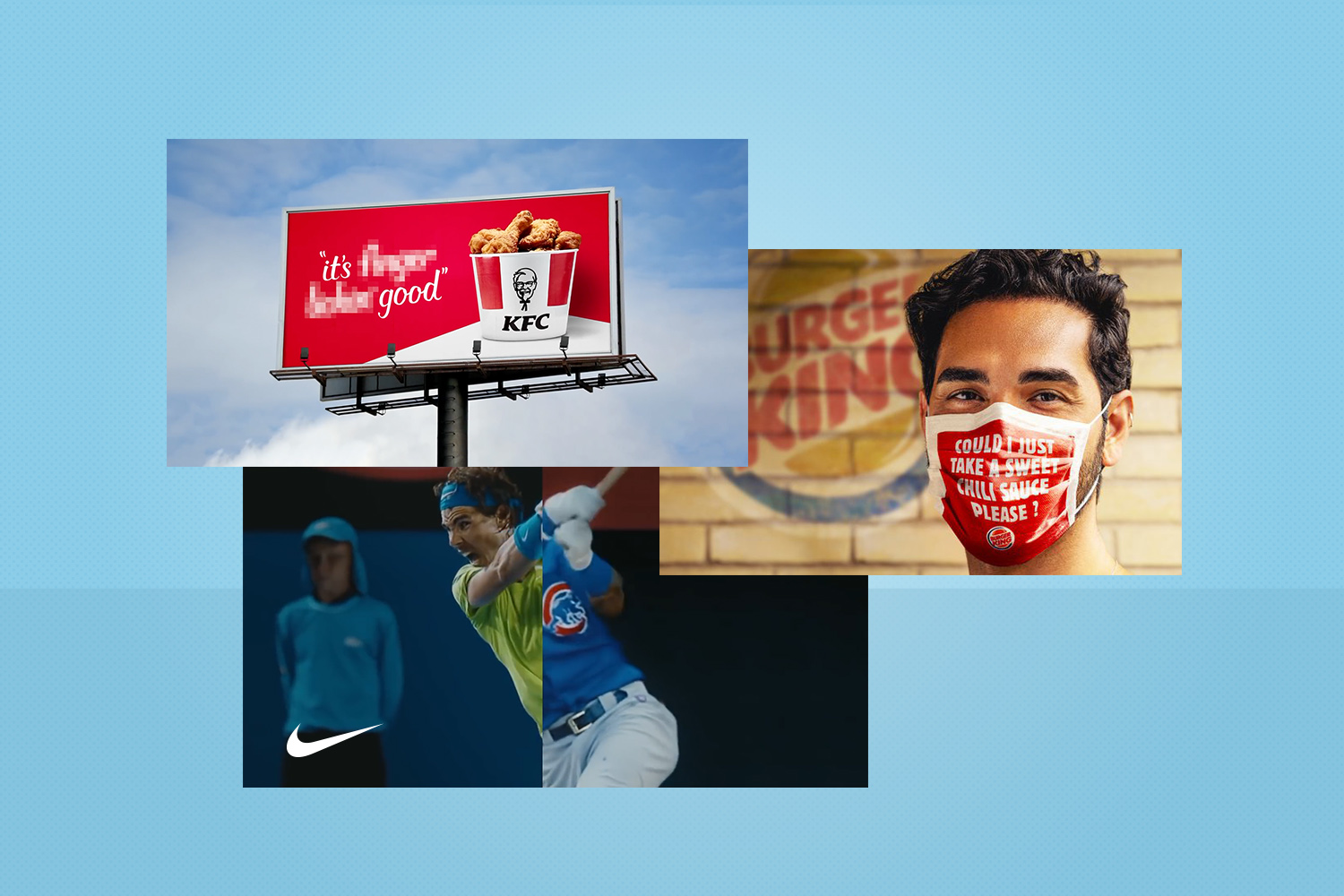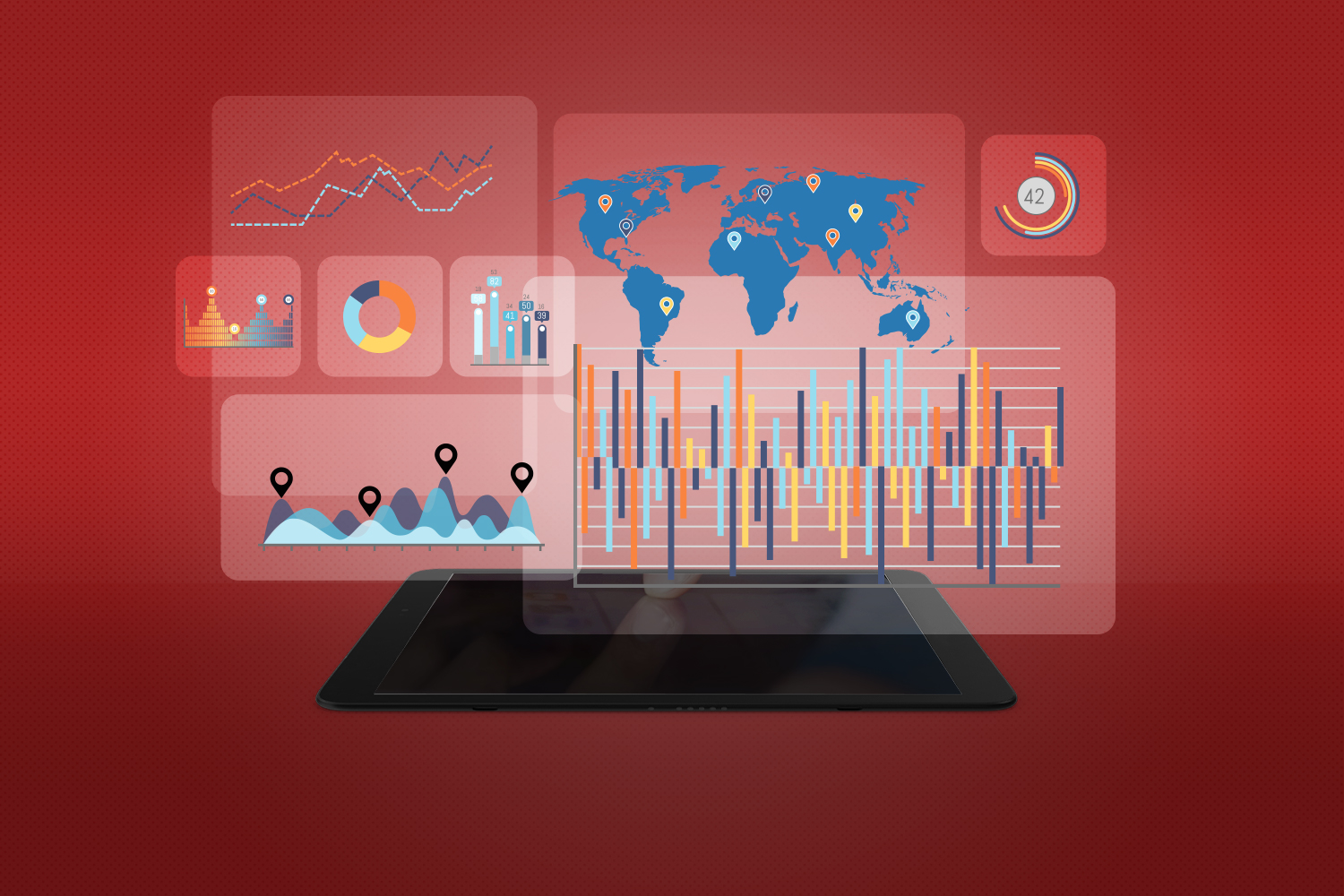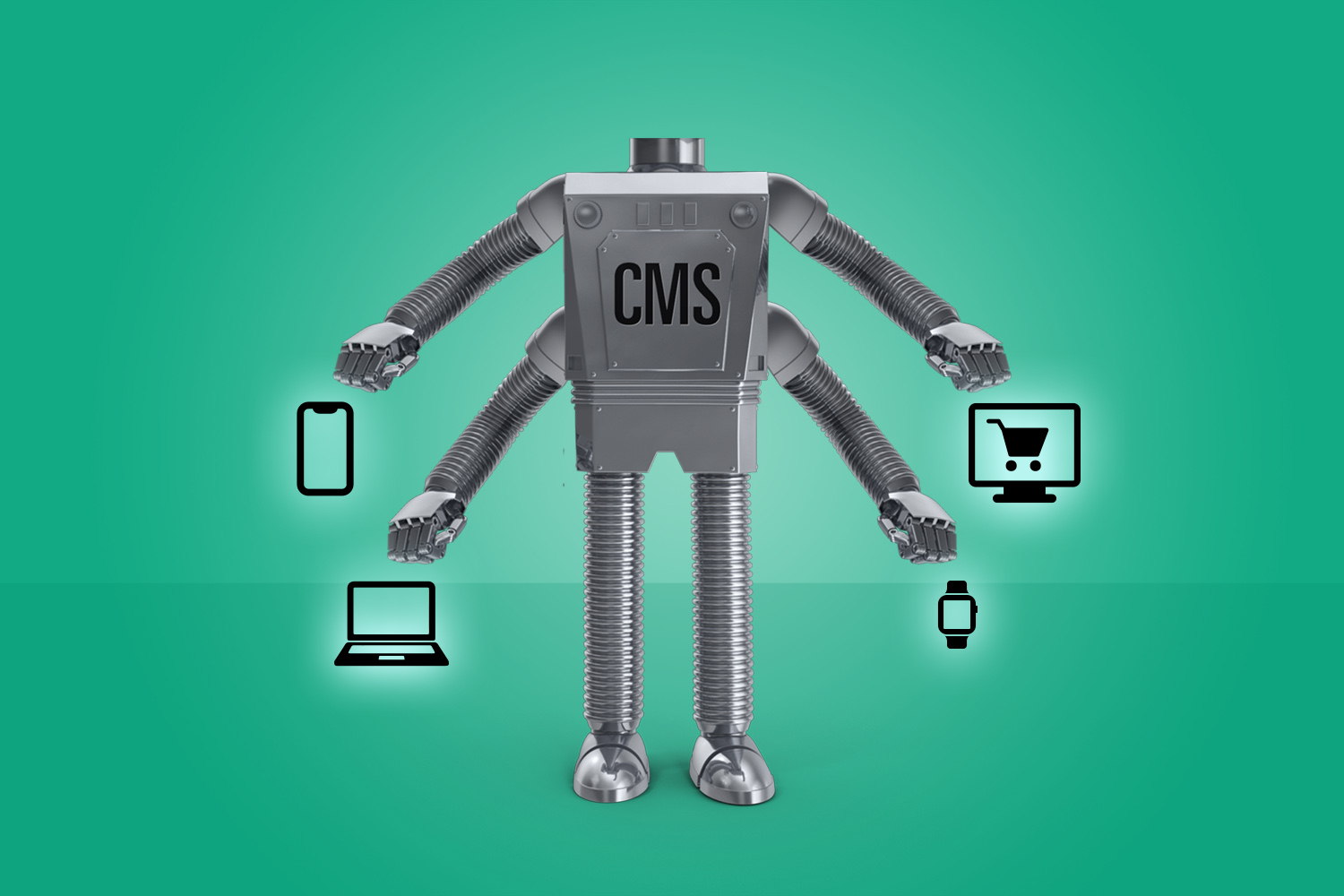Back around March there was a moment when everyone thought COVID-19 would be an inconvenience that lasted possibly a few weeks. Businesses closed temporarily, people began to stay home, and the advertising industry seemed to spin new ads overnight for companies that wanted to keep their voice heard during a confusing time.
Initial Messaging
With time constraints, budget considerations, and a whole lot of unknowns, these ads started to sound a little similar. Someone took notice, and created a parody ad that could have easily ended with almost any brand logo and still made sense.
Commercials weren’t the only place similarities existed. We helped our clients craft messages for their websites, emails and other digital platforms to address the situation and ensure their customers that they were doing everything they could to keep everyone safe.
The strategy wasn’t focused on originality, it was to get a straight-forward message customers could quickly see to ease stress or worry. And it worked. Customers needed to find information quickly, understand how the brand was affected and what they were doing to continue forward–and that is exactly what they found.
Current Messaging
Now that we have all come to understand this pandemic is lasting far beyond those first few weeks, or even months, messaging is shifting again. Things like social distancing, mask wearing and hand sanitizer are infused into pretty much every person’s daily life. In addition to the “new normal” we’re growing accustomed to, brands have had more time to stop and think about messaging that can be more tailored to their company and their customers.
The result shows just how nimble the advertising world can be, and the need for companies to shift and adapt quickly. For some brands that has meant cheeky campaigns or clever ways to present their content–while still being something that can be quickly produced and budget-sensitive.
Take this most recent KFC commercial. Sure, it doesn’t address all the seriousness of the coronavirus, or even really make literal sense, as some viewers point out in the comments. But it does give KFC a way to join the conversation, and to make you stop and think about their brand slogan (and finger-lickin’ good chicken).
Another more guerilla tactic is the one Burger King Belgium implemented: face masks printed with your order when you place a pick-up through their app. Again, this idea hits a number of markers, but mostly it’s giving their customers a little extra something of interest, while also leaning into the norms we’ve come to know.

Or a more subtle, yet strong, approach to the current times, Nike released an ad for their Nike Membership with the slogan, “You can’t stop sport. You can’t stop us.” The ad is so typical Nike, with all the emotion and buildup that comes from sports, but weaving in the most current feelings: cleaning bleachers, playing sports with masks, without crowds, and inside your home.
Thinking about these same strategies, and what makes them successful, can help lead timely and impactful messaging no matter where your brand is speaking to customers. Emails, social media posts, digital or traditional advertising…the truth is simple: people connect with messages that resonate. And what resonates right now are the current events that encompass us all.
As you think about what you’re putting out there, or about to put out there, first ask yourself how this pandemic has affected your customers. Not in general terms, but specifically how your company being affected has trickled down to them. That is how to leverage creative in a thought-provoking way. As Burger King showed us, it’s not just about wearing a mask–it’s how wearing a mask affects ordering their food. Or in Nike’s case, how social distancing won’t stop the sports you love.







